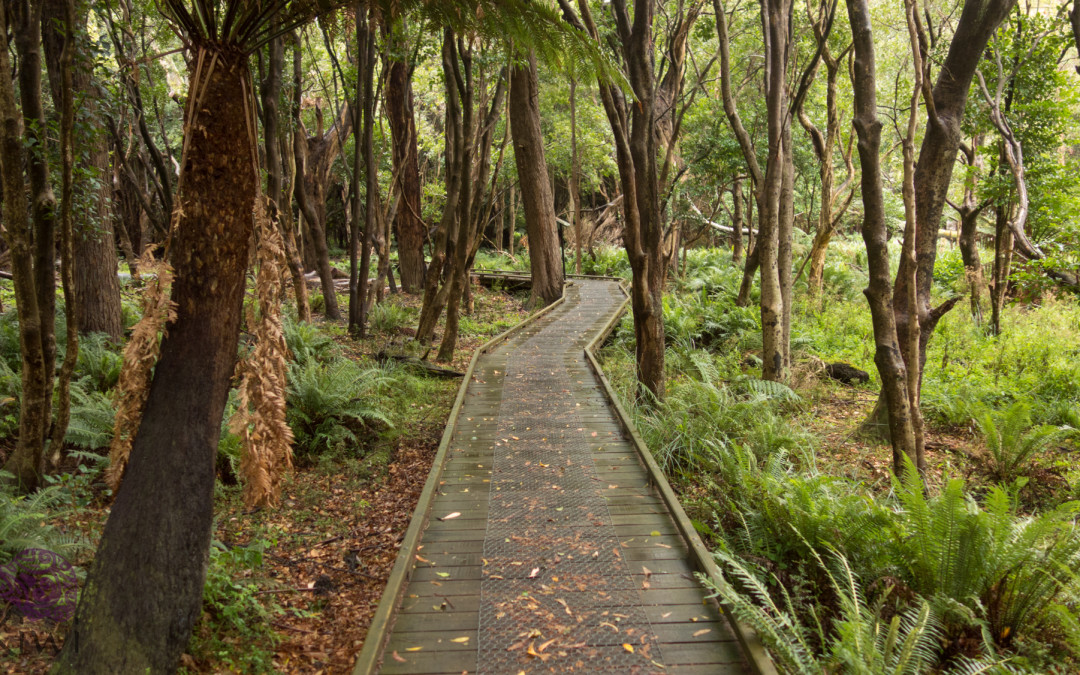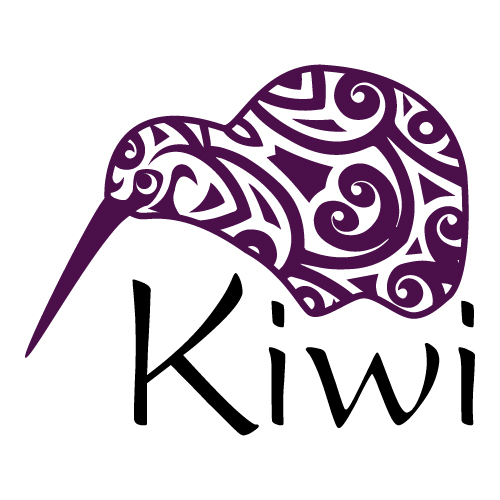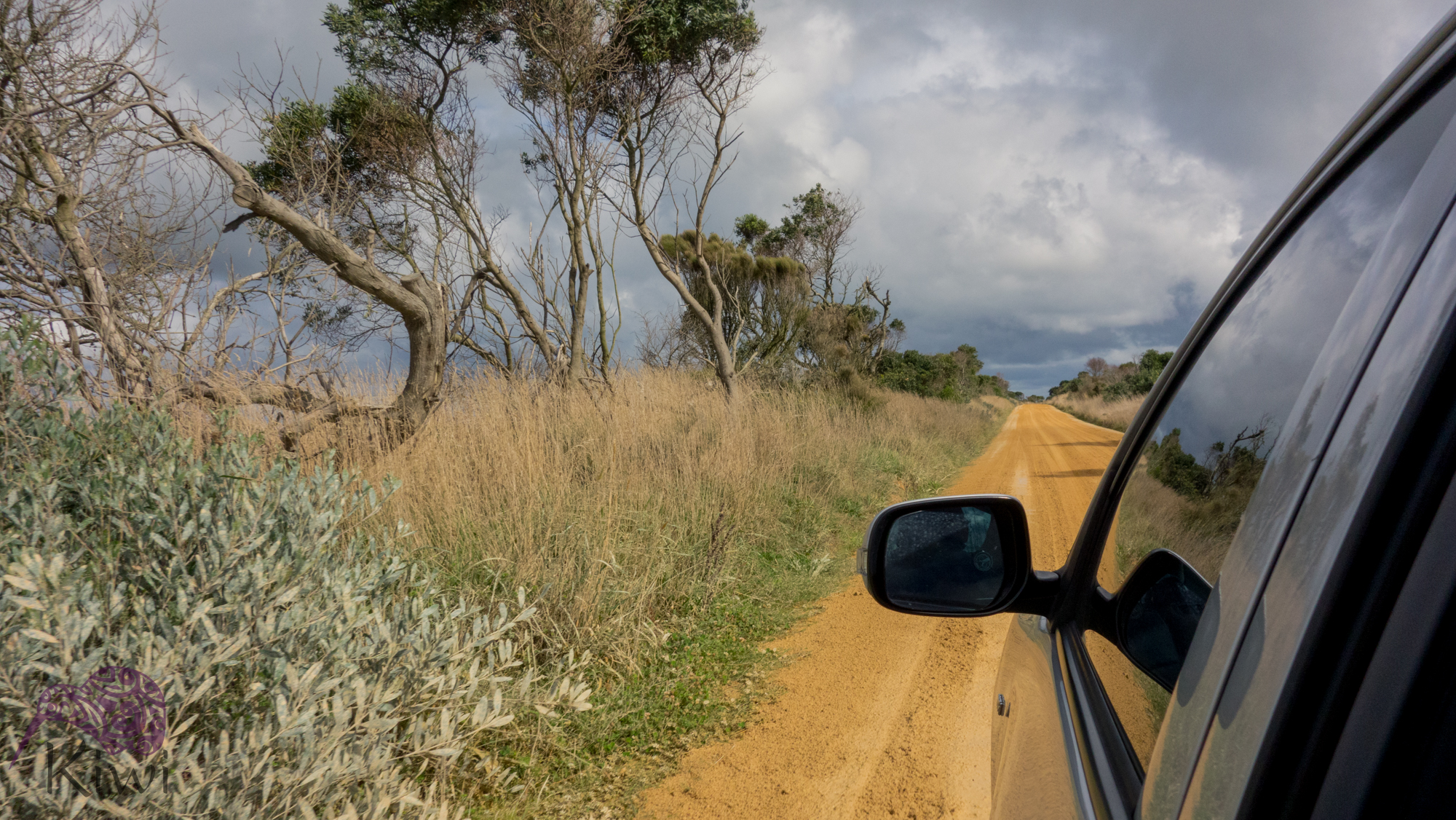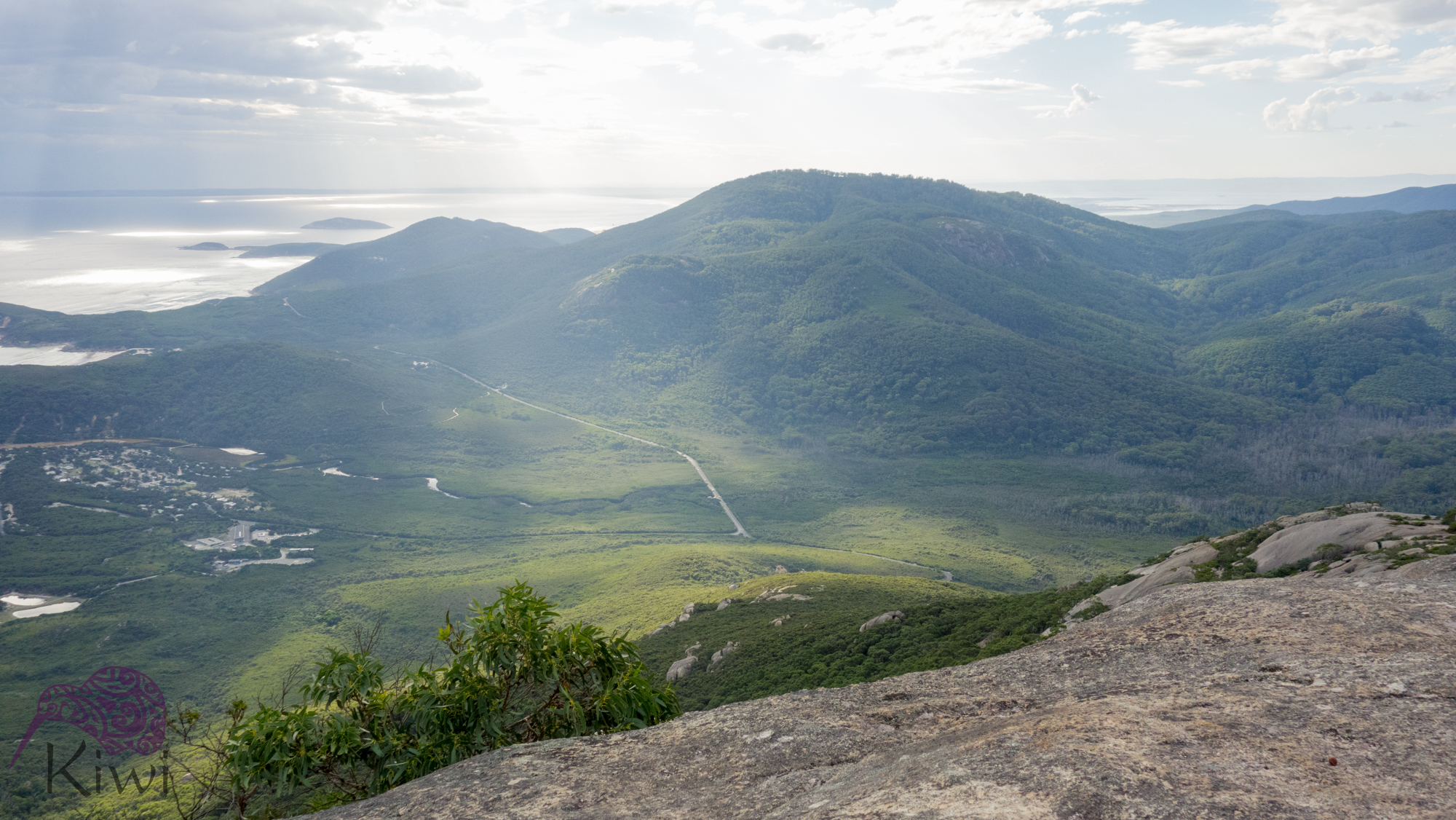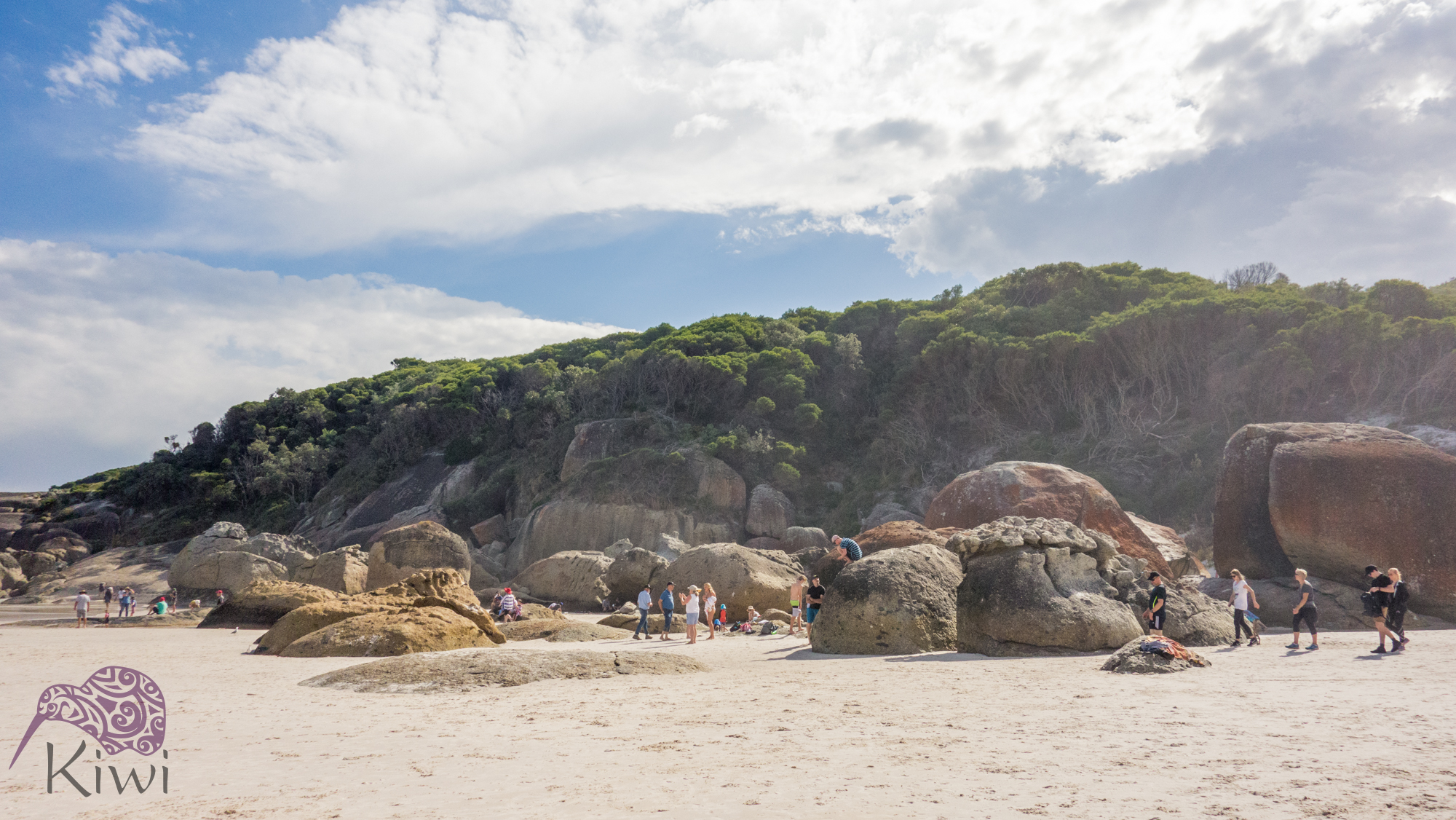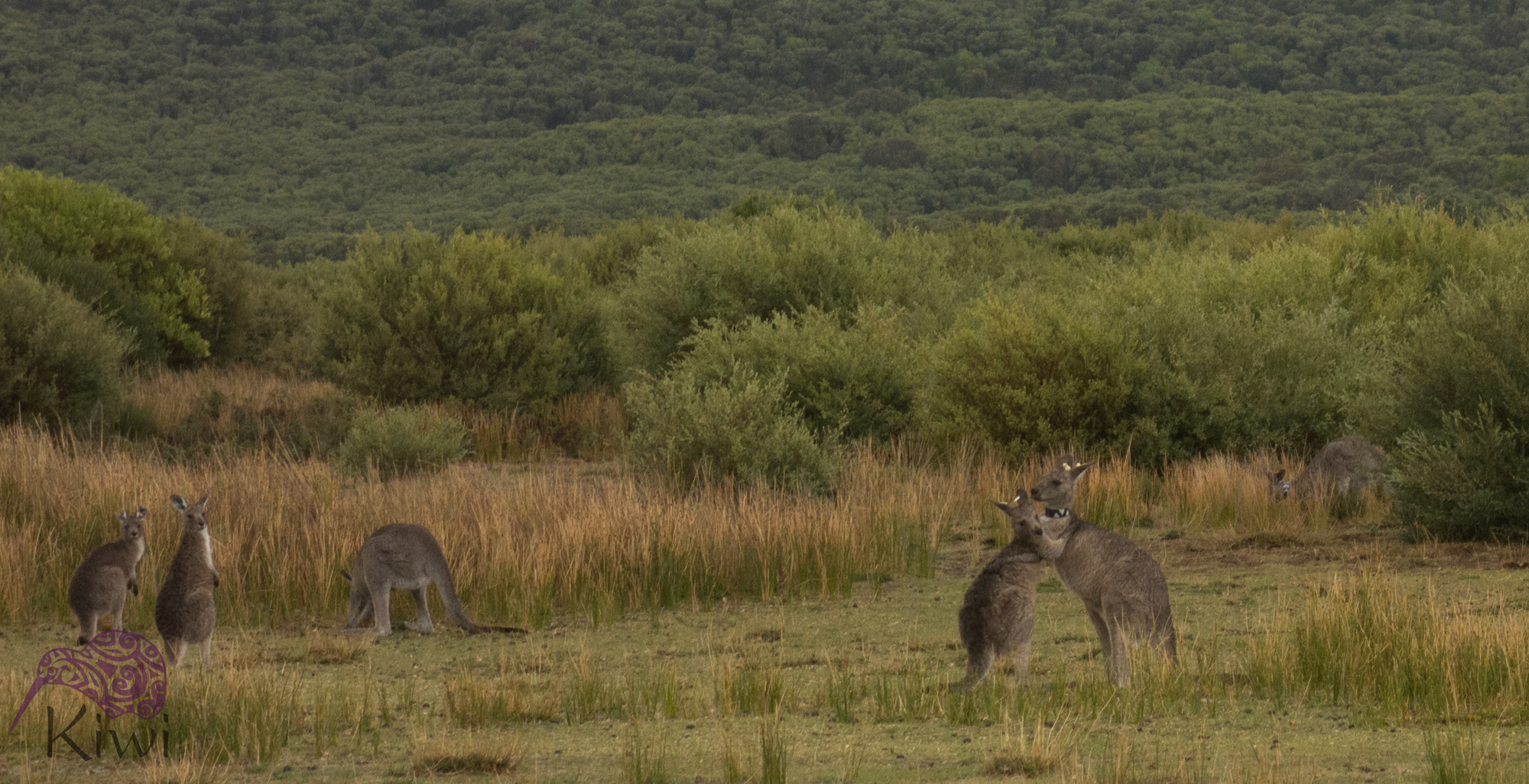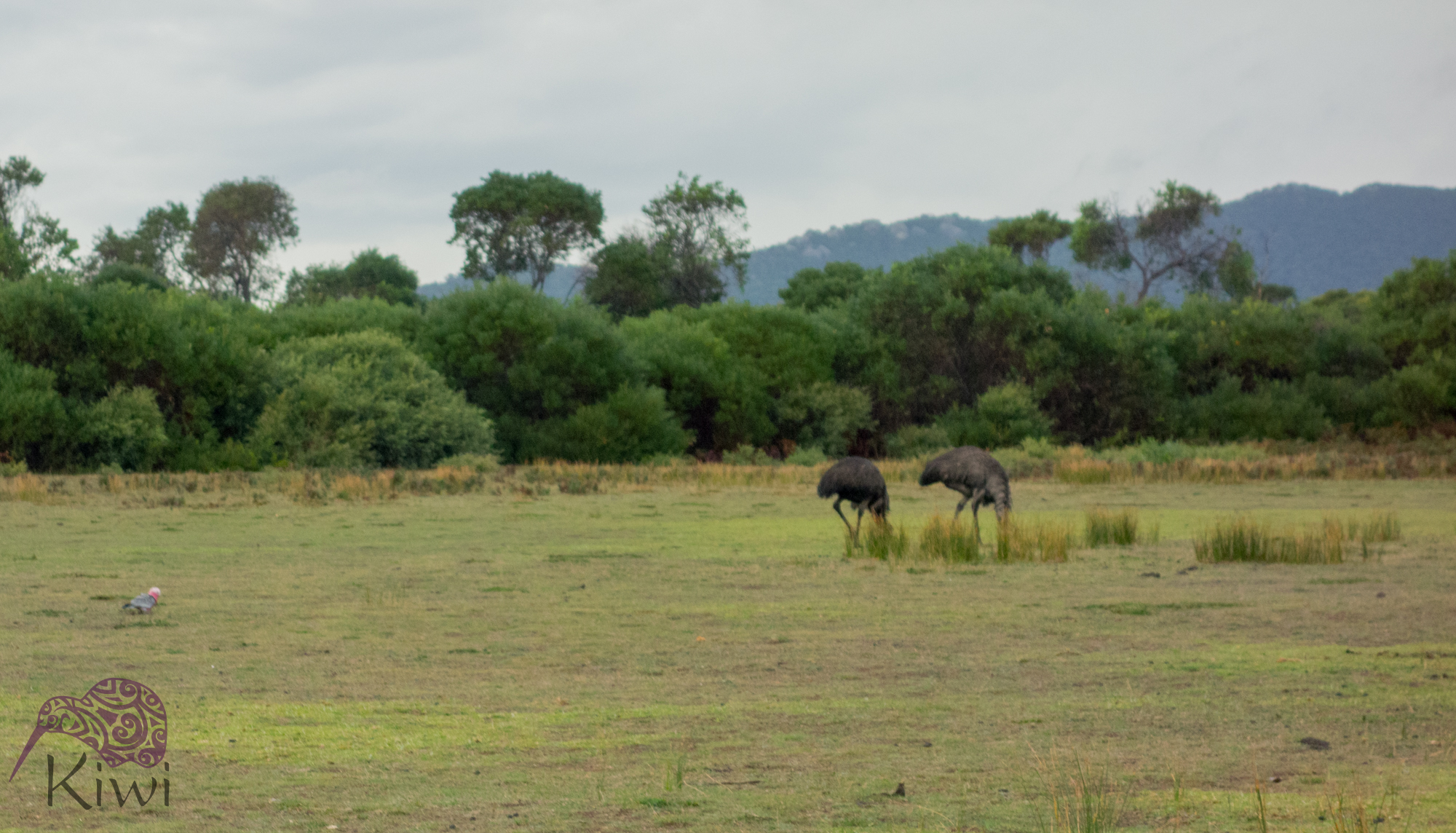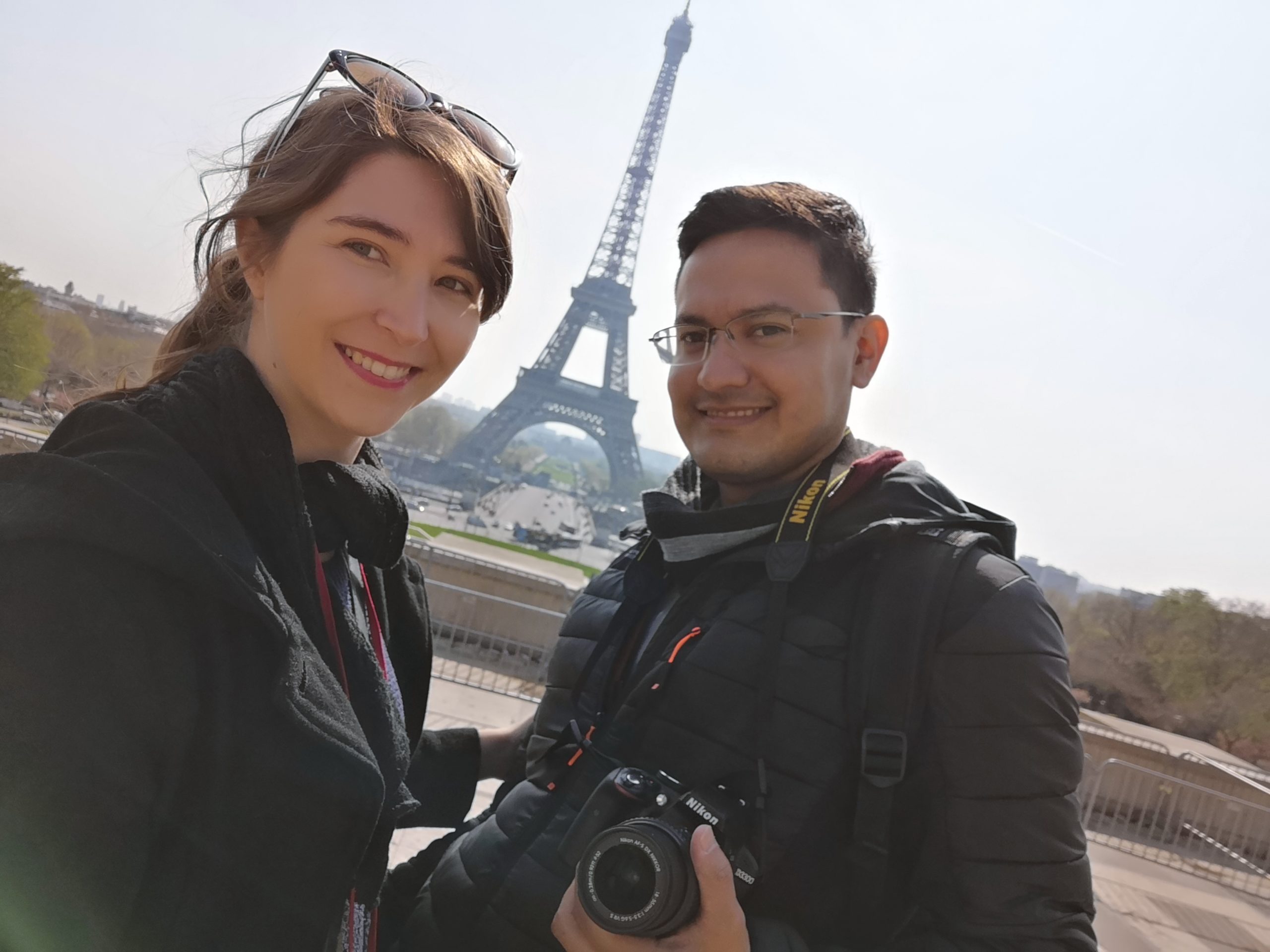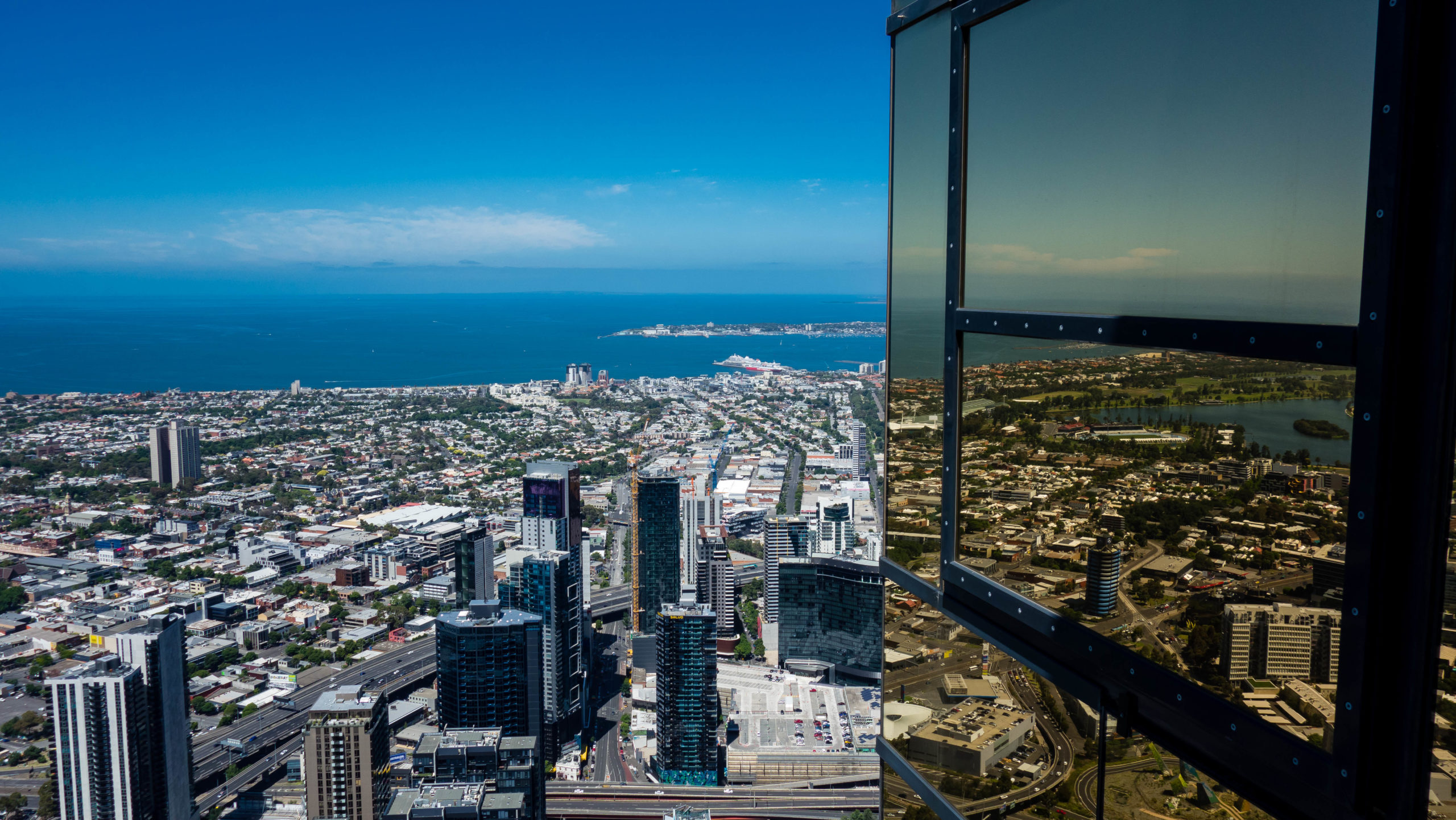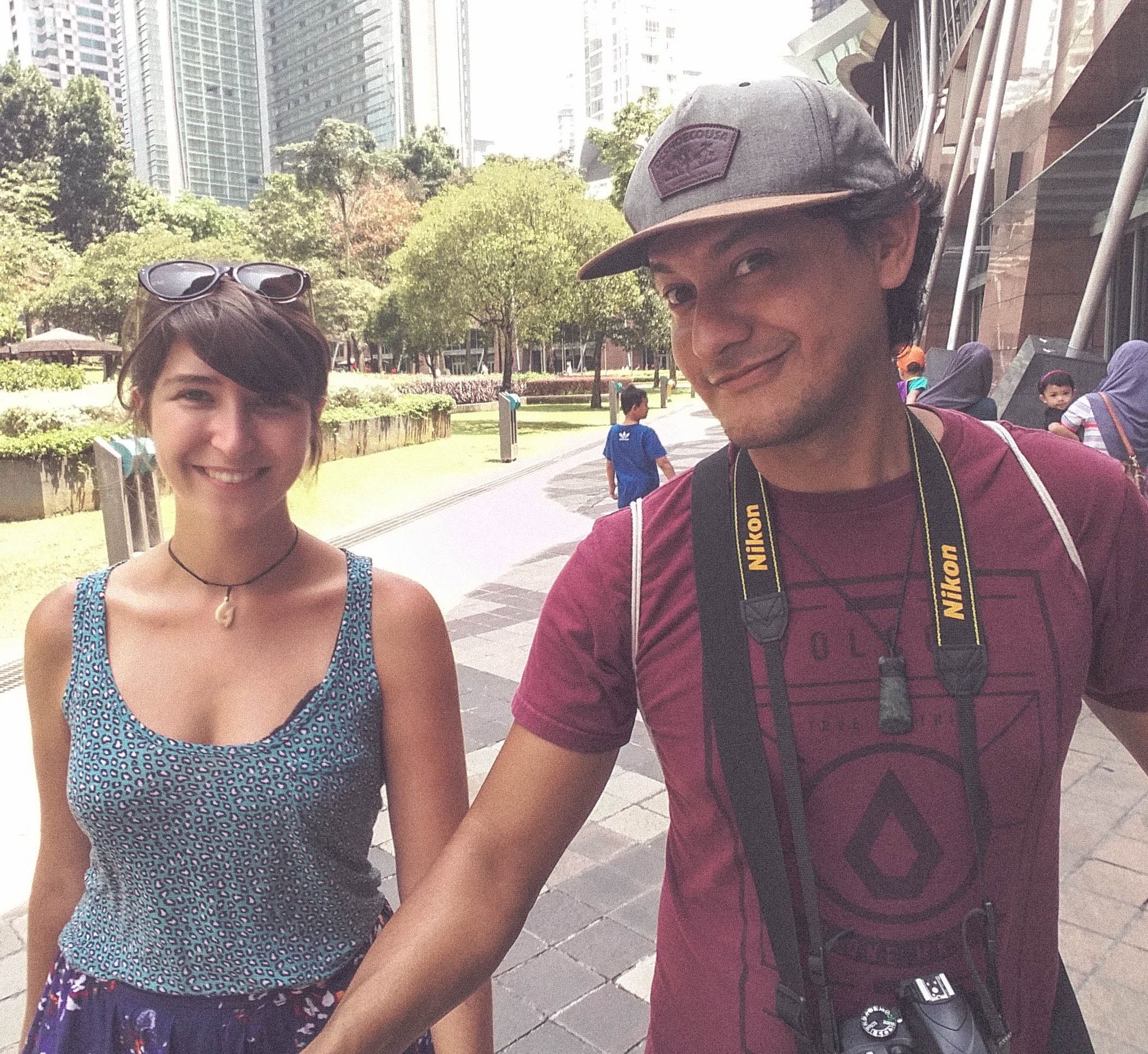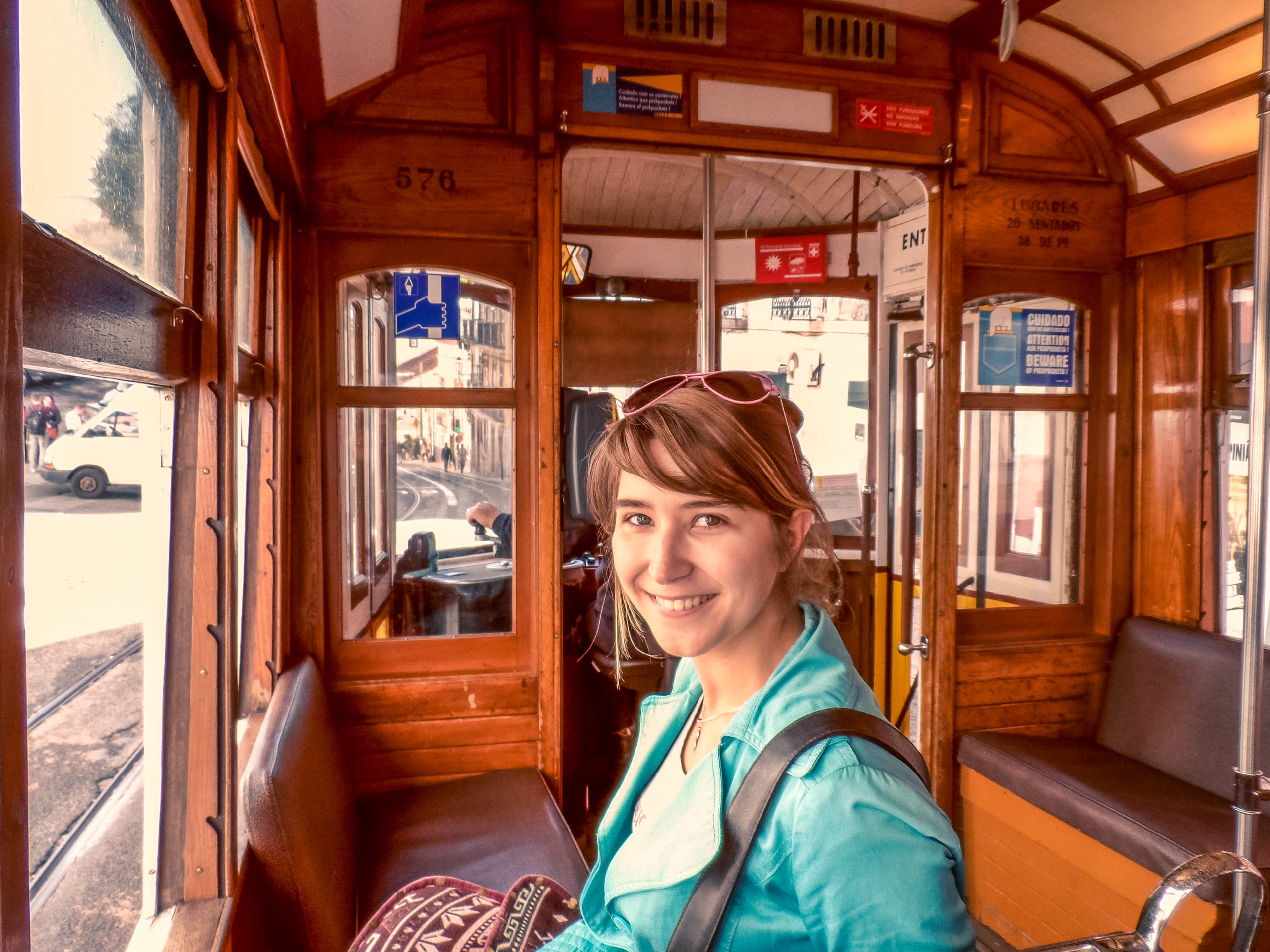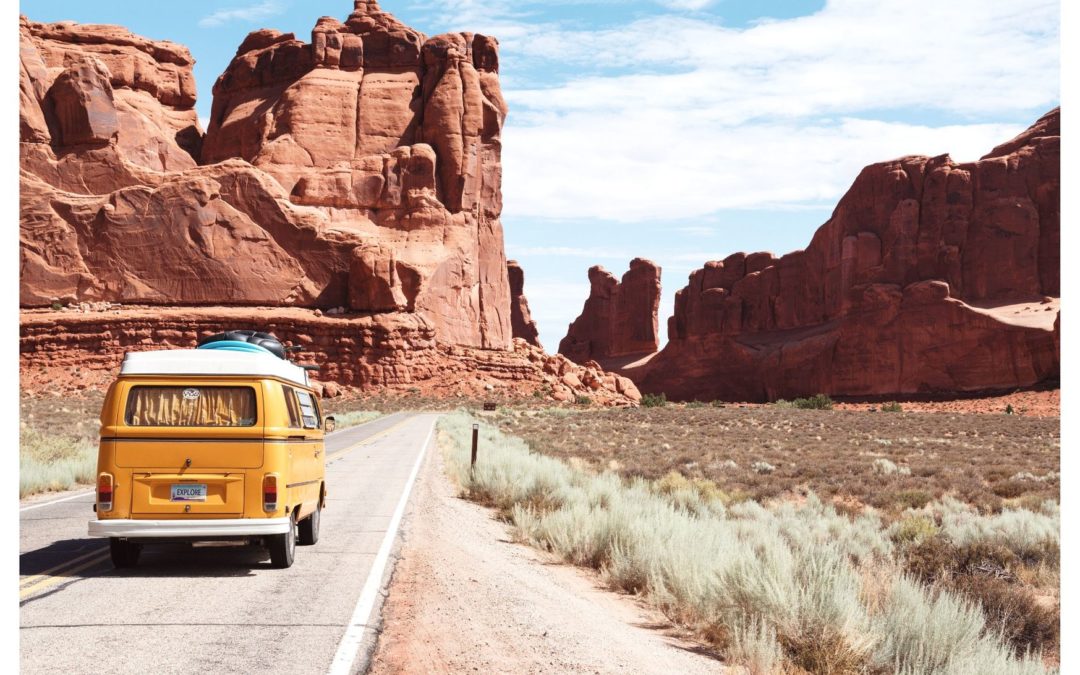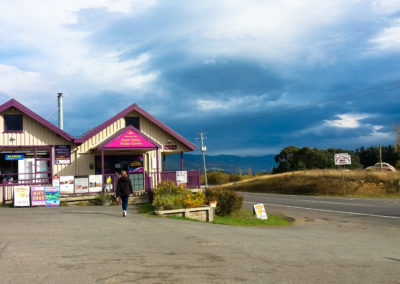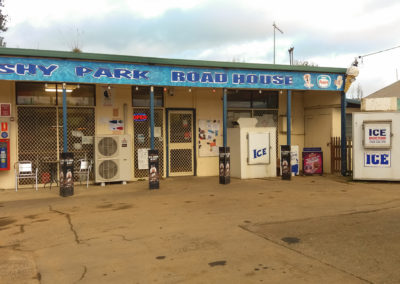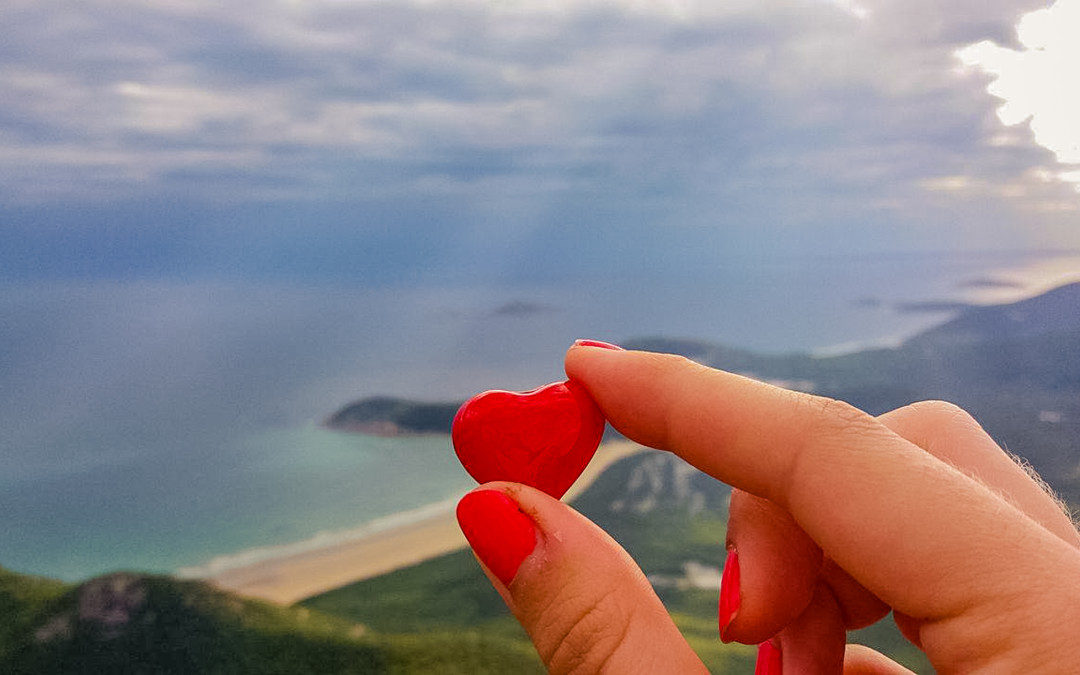16 useful things you need to take for a road trip around Australia:
1. Water
Tap water is safe to drink in most parts of the country. The problem is that you won’t find water everywhere. That is why it is good to stock up on large water bottles. Especially if you’re going to Outback. You will find them in Bunnings or even Target. It is also worth having a small cooler with you for smaller bottles.
2. Maps
There isn’t coverage everywhere in Australia, so if Google GPS lets you down, a paper map will come to the rescue.
3. Sunscreen
Strong one, like 50+ because the sun is incredibly strong here. 20 minutes is enough and the skin is burned. Plus cream / gel with aloe vera. Here, such gels are very cheap. You’ll get a whole big tube for $ 5, and it will relieve burns when you overdo the sunbathing.
4. Tea tree oil and mosquito spray
Personally, I hate tea tree oil because it stinks, but here it is HIT. Aussie use it for hair growth, dandruff, wounds, but also against mosquitoes. Apparently vanilla oil also repels mosquitoes, but this is another fragrance that I do not like, so I get the usual sprays: D
5. Coconut oil
Another hit on everything. Coconut oil can safely be used for cooking (organic), but another trick is to protect your hair from saltwater. Apply a few drops of oil to your hair and you don’t have to worry about overdrying. Plus super moisturizes.
6. Paw Paw Cream
Australia’s biggest hit. Paw Paw is a cream made of fermented papaya. Paw Paw is good at everything. Moisturizes the skin, lips, helps with minor injuries, burns and insect bites. Paw Paw in a red tube you will find in almost every store or pharmacy. The cost is around $ 3. It is also worth buying as a gift: D
7. SIM Card
Friends recommend Telstra. We have Optus and we’ll see how it works. Apparently Telstra has the largest ranges. There are essentially three monopolists in Australia, and the prices are almost identical.
8. Toilet paper and soap
May be obvious but so often we forget about it. Toilets in Australia, in my opinion, are the dirtiest places on Earth. In fact, even when not traveling, toilets in shopping centers, airport often call heaven for vengeance. It’s good to have your paper, soap and a small towel.
9. Snacks
As a true Polish, I don’t go anywhere without: dry sausages, eggs and sandwiches. Unfortunately, transporting meat or eggs is not the best idea because of the temperature. I recommend fruit, vegetables, cereal bars, and Chinese soups. You can also look at the car fridge that works on the battery from the car. Unfortunately, several of my guests in the hotel I worked for, had to had thair cars charged because the fridge “ate” the whole battery overnight and the car would not move.
10. Insurance
Story from yesterday (Jan 22, 20): two tourists from Croatia were struck by lightning on the observation deck in the Blue Mountains near Sydney. Of course they needed a helicopter. A hospital stay costs an average of $ 6,000, plus helicopter flights, medicine, etc. My ANNUAL insurance of 100,000 euros costs me $ 700. Figure out for yourself what is more profitable.
11. Head lamp – flashlight
It will be useful for sure. Especially in Queensland, which is full of snakes, spiders and insects. I happened to step on the snake because I went out to the garden in Port Douglas (Far North Queensland) in the dark. Stupid!. A headlapm will be useful in many situations, so it’s worth it. Plus additional batteries.
12. Clothes for all seasons
Especially in Melbourne. The temperature can drop from 34 * C to 17 * C in just two hours. I’m not kidding. One day we had a sandstorm at 12 and a downpour in the evening. The day before – hail (golf ball size hail). Take: raincoat, warm sweatshirt or thermal shirt, trekking shoes, protective footwear for swimming (you do not want to step on anything venomous), hat, long sleeve to the rainforest (there live sweet flies that like to drink blood and then pee into your wounds – hideous, I know. And it itches as fu ***).
13. Sunglasses
And decent one, well darkened. Believe me, after a whole day without sunglasses, your eyes will hurt and will be dry. It is also good to take some moisturizing eyedrops, because in a hot climate, your eyes will dry out even faster.
14. First aid kit
And in it: drugs for diarrhea, effervescent capsules for dehydration, painkillers, Panthenol for burns, birth control pills, condoms (the sex life of Australians is quite “promiscuous”, many have more than a dozen or more sexual partners. This promotes the spread of venereal diseases and if you travel solo it is known that condoms may be useful).
15. Your own playlist
The radio even in Melbourne receives only two stations, and when it rains you will not listen to music at all. The further from the city the worse. Another problem is: what’s going on on this radio. My taste in music is not sophisticated 😀 but here they have their 10 hits and it goes on and on. So burn some CDs, or put your favorite songs on USB and you will be saved. Plus some speaker will be useful or a adapter to which you connect PenDrive. In every Chinese store you will get such an adapter for about $ 30.
16. Kitchen set
Cutlery, plates, cups, gas burner (although currently – January 2020, in many parts of the country there is a ban on starting a fire), although on the camping grounds there is often a kitchen or BBQ, with a pot or frying pan. A small pot is enough for Chinese soups.
17. Additional fuel canister and tools
It’s worth having the basic tools (battery charger, pump, duck tape – super strong tape) to repair or replace a tire.
18. Useful apps
Campingsites – WikiCamps
Sharks alerts – Dorsal 2.0
Weather – The Bureau of Meteorology
Fire alerts can be tracked on the pages of individual states:
The emergency number in Australia is 000.
